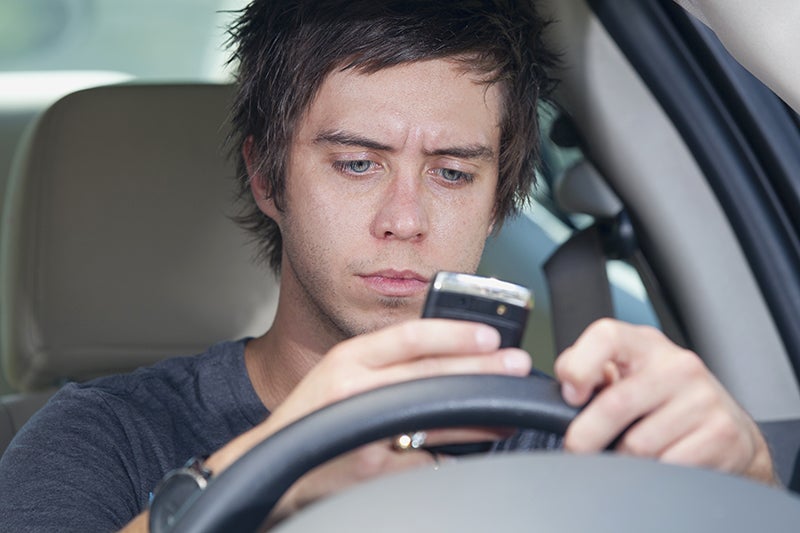Extra distracted driving enforcement will be on Minnesota roads in April
Published 9:37 am Thursday, March 28, 2024
|
Getting your Trinity Audio player ready...
|
Distracted driving takes away hopes, dreams and lives across Minnesota, and can leave people with serious injuries that tragically affect their day-to-day living.
With distracted driving still claiming lives and causing life-changing injuries statewide, law enforcement agencies are reminding drivers about the dangers of not paying attention behind the wheel. That’s why Minnesota law enforcement agencies and traffic safety partners across the state will be participating in a month-long distracted driving extra enforcement and awareness campaign starting April 1.
The Albert Lea Police Department and Freeborn County Sheriff’s Office will take part in the extra enforcement that runs through April 30 and is coordinated by the Minnesota Department of Public Safety Office of Traffic Safety.
“No one intends to seriously injure or kill someone by driving distracted. But good intentions don’t prevent crashes — smart choices do,” said Albert Lea Police Lt. Jeff Strom.
One of the most persistent driving myths is drivers thinking they can multitask behind the wheel. Distractions of any kind are potentially deadly. There’s visual distraction like looking away from the road. There’s physical distraction like taking hands off the wheel to do something else. There’s cognitive distraction like being lost in thought. And there’s the combination of all of these like texting while driving.
Driving smart and focusing all the attention on the road can help avoid tragedy for everyone sharing the road. Distracted driving contributes to an average of 29 deaths and 146 serious, life-changing injuries a year on the road in Minnesota, based on records from 2019-2023. According to preliminary figures, distracted driving contributed to nearly 30,000 crashes in Minnesota in that same time frame.
“Simply put, a two-ton vehicle with a distracted driver behind the wheel can steal a life,” said Office of Traffic Safety Director Mike Hanson. “Don’t fool yourself. You’re distracted anytime you shift your attention from driving. It can be challenging, but for everyone’s safety, focus on driving.”
Distracted driving is dangerous driving
Preliminary figures for Minnesota show:
- Distracted driving contributed to one in 11 crashes from 2019-23.
- Distracted driving contributed to an average of 29 deaths and 146 life-changing injuries a year from 2019-23.
Hands-free cell phone use is the law
The hands-free cell phone use law means drivers can’t hold their phone in their hand. Accessing or posting on social media, streaming videos, checking that box score or Googling information on a device while driving are against the law in Minnesota, even in hands-free mode.
Distracted driving consequences
- Hands-free cell phone law: The law allows a driver to use their cell phone to make calls, text, listen to music or podcasts and get directions, but only by voice commands or single-touch activation without holding the phone. Remember, hands-free is not necessarily distraction-free.
- $100 or more including court fees for a first offense.
- $300 or more including court fees for a second and/or subsequent offense.
- If you injure or kill someone while violating the hands-free law, you can face a felony charge of criminal vehicular operation or homicide.
Drive smart and join Minnesotans driving distraction-free
- Cell phones — Park the phone by putting it down, activating the “Do not disturb” feature, silencing notifications, turning it off, placing it out of reach or going hands-free.
- Music and other controls — Pre-program radio stations and arrange music in an easy-to-access spot. Adjust mirrors and ventilation before traveling.
- Navigation — Map out the destination and enter the GPS route in advance.
- Eating and drinking — Avoid messy foods and secure drinks.
- Children — Teach children the importance of good behavior in a vehicle and model proper driving behavior.
- Passengers — Speak up to stop drivers from distracted driving behavior and offer to help with anything that takes the driver’s attention off the road.



